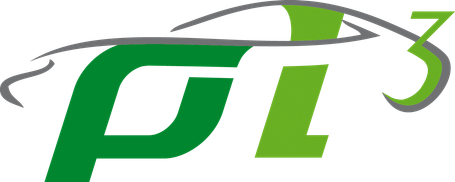Complexity spiral or complexity trap?
Our branch of the automotive industry as well as society are facing major challenges: the constant increase in complexity. The huge amount of data - mostly recorded digitally - is often described as a major challenge under the headline “big data”. From my point of view, this is a partial aspect of complexity that has already become conscious in many places. In my opinion, an indication of the increase in complexity is the higher number of recalls in our industry. It would be too easy to see the cause for this alone in a decline in quality or care. Especially modern methods of quality assurance and the improved monitoring and documentation of the production processes lead to the early identification of defects.
The increasing complexity of products and manufacturing processes certainly makes a significant contribution to this. The additional safety and comfort functions that have penetrated our vehicles and that we as users no longer want to miss are certainly a major contribution to the increase in complexity. Systems to improve efficiency and reduce emissions are also increasing the complexity in our vehicles. What is the old saying: “What is not built in cannot break down.” There was a discussion several years ago about the example of the optional equipment of electric window lifters. But aren't these power windows standard now? Simple systems such as manual transmissions are constantly losing market share.
Electronic controls and control units led to the displacement of purely mechanical, pneumatic or hydraulic control systems. Among other things, they enable additional functions, greater convenience, a better cost-benefit ratio, etc. The great effort involved in developing pneumatic and hydraulic components has also been reduced. However, with mechatronics, electronics, software and calibration, new disciplines have been added to the development that have significantly increased the complexity, a likely exponential increase in the total number of tasks.
And to cope with the increasing complexity, new functions, methods and disciplines (project management, system engineering, etc.) were introduced and the interfaces between these had to be defined and documented. The demarcation and assignment to the individual specialist areas and expertise is a further task area and contribution to complexity, which leads to more complex business processes, especially product development processes. So one can speak of a complexity spiral.
If this spiral of complexity is now superimposed with the widening of the manufacturer's product portfolios and the diversification in the types of drive, one can speak of a complexity trap. The consolidation towards larger enterprises through mergers and the use of intelligent platforms is certainly a sensible consequence of this spiral of complexity; the one-time costs are also distributed to as many brands and vehicle types as possible. With the increasing complexity in the large companies that have emerged, the complexity trap is finally snapping shut.
Burkhard Pollak, Januar 2021
